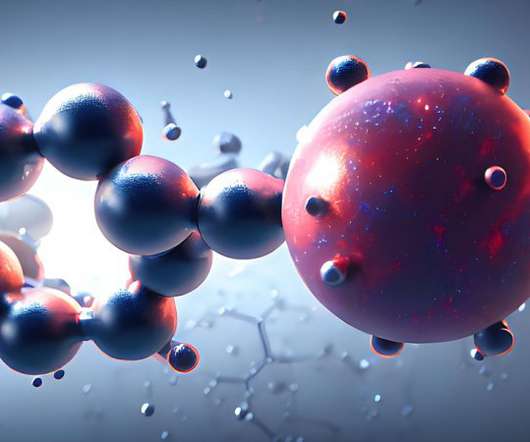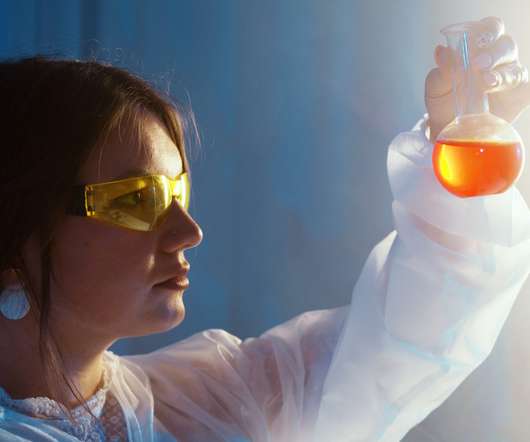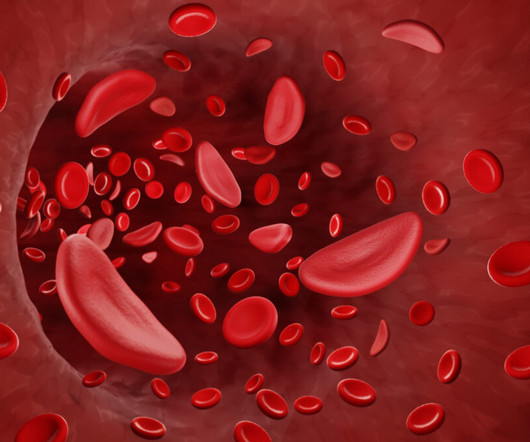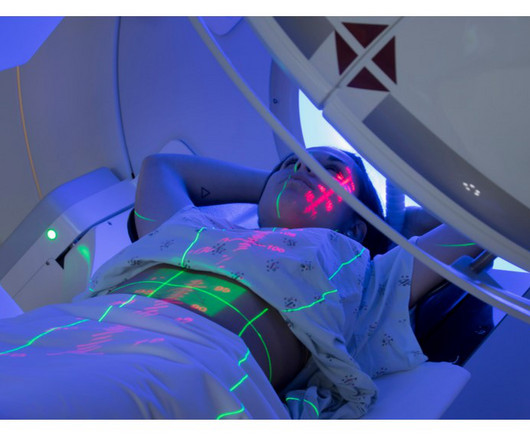‘Click’ chemistry used to tag proteins made by cancer cells
Drug Discovery World
OCTOBER 26, 2022
The new method involves adding chemical tags to sugar molecules which are added to cells. When the cells make these proteins, they remain marked with the chemical tag, meaning that researchers can identify them. . The method uses bioorthogonal or ‘click’ chemistry, which was awarded this year’s Nobel Prize in Chemistry.














Let's personalize your content